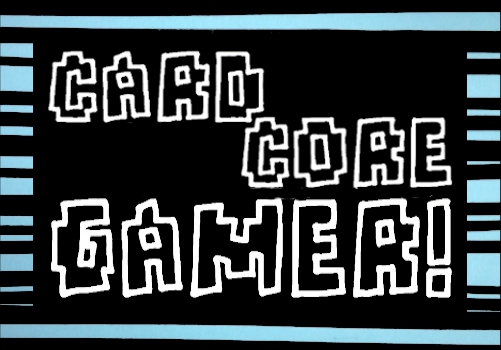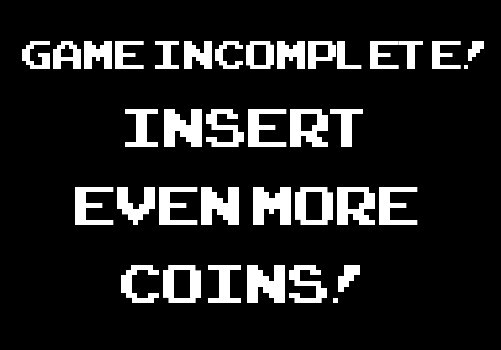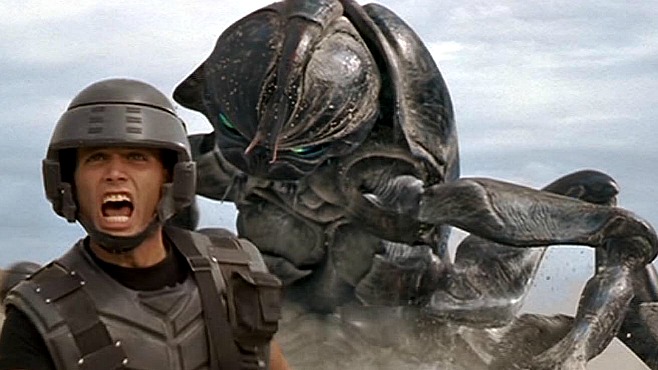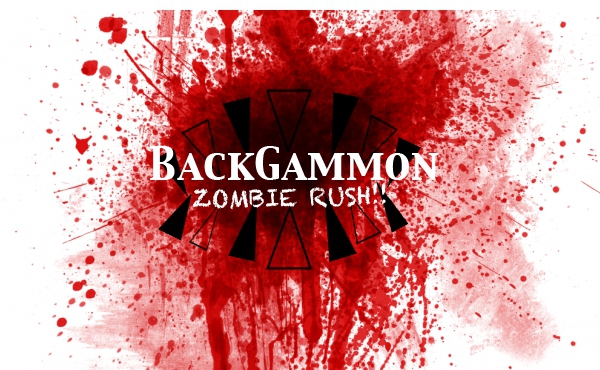Cardcore Gamer: Bad Habits
Video games are big business and board gaming is on the rise, but with fame comes bad habits, like drug addiction, or being Kevin Costner. Here are some ways in which board gaming is increasingly resembling its virtual cousin.
1. Downloadable Content (DLC)
It used to be that when you purchased a video game, you got a complete package (mostly; see point 2). Repeated play and high scores were often rewarded with unlockables, like extra race tracks, better weapons, or character costumes, so you could punch your friends while dressed as a schoolgirl (as if you didn’t already). DLC changed all that, requiring players to pay real money not only for the fluffy, peripheral stuff, but sometimes whole chunks of game. To make matters worse, many games ship with the “downloadable” content on the disc, essentially meaning that you physically own it, but have to pay to get at it.
The equivalent board game model is expansions: boxed supplements which add extra components and rules, increasing the variety and replayability of a particular game. While some companies have provided downloadable material free of charge, others have cottoned on to the idea that the less stuff you put in the game, the more expansions you can sell. I commented in my review of Fantasy Flight Games’ edition of Wiz-War, that the rules define terms for ‘creatures’ and then tell you that there are none in the game, which is a little like finding a pizza with suspicious circular markings right next to the pre-packed pepperoni slices.
Games are also being produced with several expansions designed and ready to sell, as displayed rather shamelessly by AEG’s Smash Up, which has 100% extra empty storage space in the box and an advert for the first expansion on page 1 of the rulebook. Planning future expansions for a game is not necessarily a bad thing; it shows a support for a product and keeps things new and interesting, but deliberately cutting stuff out to sell later is a big load of bollocks.
2. Patches
The pressure is on for video games companies to get a product out of the door and on to the shelves, often meaning that an update is waiting for you before you’ve even left the shop. By ‘update’ of course I mean a patch and by ‘patch’ I mean ‘screw it, we’ll fix it after we’ve got the money’. The number of spectacularly buggy video games is mercifully small and updates, unlike DLC, don’t have to be bought, but games are still routinely released unfinished, or even broken. It can take months for every last bug to be squished and some never are.
The platform board games are designed to run on is you; you are the processor, using the rules to run the game. When the rules are unclear, or absent, you get “Error message: How the piss is that supposed to work?”. Few, if any rulebooks are perfect, so ‘patches’ in the form of errata and FAQ are common. Many designers and companies readily answer questions on forums, or even by personal email, but there are still plenty of games with books of strong hints instead of rules. The enthusiastically Kickstarted Sedition Wars: The Battle for Alabaster was released with rules so full of holes they made a string vest look like a slab of granite; and weren’t so much patched as rewritten wholesale over several frustrating months. Other recent and notably ‘buggy’ games include the Forbidden Alchemy expansion for Mansions of Madness which was entirely broken on release.
3. Lazy Theme
This is how mainstream video games lost me; I got bored of being Jack Squarejaw McShootyBollocks, firing the same drab bullets into the same old boring people. Sure there were exceptions and Indie games began to fire off sparks in my withered interest-lobe, but then, suddenly, ZOMBIES WERE EVERYWHERE AND IT WAS BORING. The problem, similar to that of Hollywood, is that the ‘blockbuster’ video game titles usually play it safe and straying too far from a safe ‘white guy shoots guns’ template makes the money-men get twitchy.
Board games are gloriously eclectic in theme; from the 1960 presidential election to Pandas and gardening, they have it all. The rich strangeness never ceases to amaze me and gives a genuine joy that I have access to such creative variety. Most board games have the feel of Indie titles – which they all pretty much are – but then, suddenly, ZOMBIES ARE EVERYWHERE AND IT IS BORING. The issue again is one of mass appeal, only of a much nerdier variety; the spike in popularity of all things ‘geeky’ has created an unspoken, accepted shortlist of ‘pop geek’ themes. Setting aside the sheer tonnage of generic Sci-Fi and Fantasy guff, Zombie themes have flooded modern gaming, with Cthulhu (read: Lovecraft) a close second and Steampunk emerging as the new go-to for maximum geek-cred and potential sales.
While I can’t fault games designers for wanting to make their products appealing on increasingly crowded game shelves, I worry that it’s a short-sighted approach that allows great games to be lost in the landfill of thematic similarity. Oh, and the word ‘Dungeon‘ can bugger right off, too.





